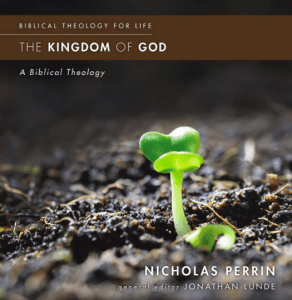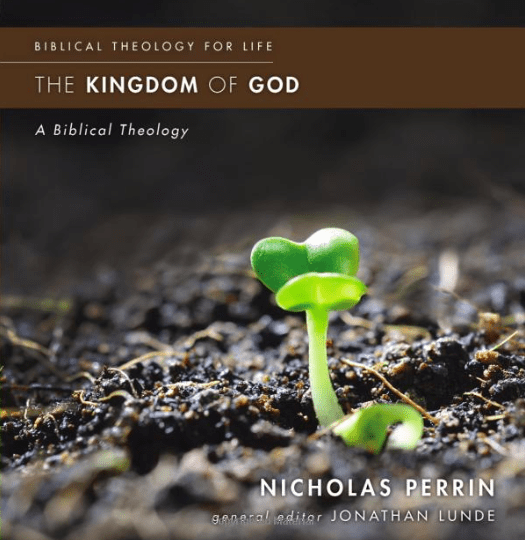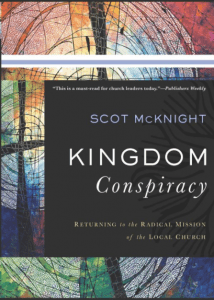Out of the story of America’s social history in the 20th Century will arise the names of people who, instead of using violence, chose a militant nonviolence — a stubborn, robust, principle-driven approach to establishing justice and abolishing injustices. Those names will begin with Martin Luther King Jr, but behind him and alongside him will be the names of his forbears, like Leo Tolstoy and Gandhi. No one has been a more articulate thinker for nonviolence than John Howard Yoder.
 His last book, published posthumously on the basis of his lectures in Warsaw (Poland), Nonviolence – a Brief History: The Warsaw Lectures , is an exceptional primer for those who want to learn how to “wage war” without the weapons of war but with the weapons of peace.
His last book, published posthumously on the basis of his lectures in Warsaw (Poland), Nonviolence – a Brief History: The Warsaw Lectures , is an exceptional primer for those who want to learn how to “wage war” without the weapons of war but with the weapons of peace.
Who has had experiences with nonviolence? Now a big one: How can the principles of nonviolence help in church conflicts? What do you make of his idea that nonviolence is more like prayer or more like faith?
Here is a money quote, where he states that nonviolence is a posture of prayer and faith and hope, an embodiment of a kingdom vision:
Before it is a social strategy, nonviolence is a moral commitment; before it is a moral commitment, it is a distinctive spirituality. It presupposes and fosters a distinctive way of seeing oneself and one’s neighbor under God. That ‘way of seeing things’ is more like prayer than it is like shrewd social strategy, although it is both. It is more a faith than it is a theory, although it is both.
The first three lectures are on the history of nonviolence — short sections on Leo Tolstoy and then Mohandas Gandhi. Then a solid chapter on Martin Luther King and the struggle for rights for African Americans in the USA. This leads him to a summary chapter on the lessons learned about nonviolence. Here are some of them:
1. Nonviolence knows of no enemy to be destroyed; there is an adversary to be reconciled.
2. Nonviolence works with the grain of the universe by refusing to place the adversary outside the circle.
3. Nonviolence can only be used for a good cause and appeals to the moral insight of the adversary.
4. Nonviolence has tactical advantages but it transcends tactics.
5. Nonviolence provides the opportunity for creativity — those with weapons wait for the first strike.
6. Nonviolence is not quietism or legalistic; it enters into conflict but seeks to preserve the adversary’s honor.
7. Nonviolence for the Christian is rooted in the cross as paradigm for ending violence and showing love.











